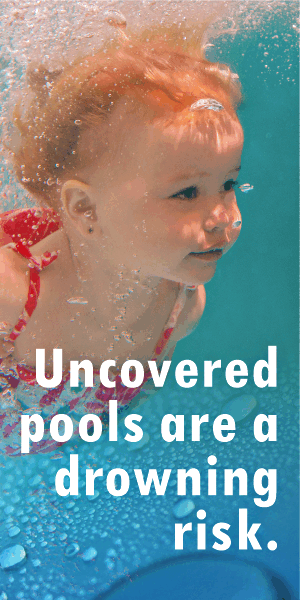
New Huggies® Gold for Boys and Girls – Hugwear for moving babies
Babies can’t tell us whether they are comfortable or not or what they would rate as important features in a nappy, especially once they start exploring their surroundings and moving around more frequently. Movement can be as simple as rolling from side to side in their cribs or as strenuous as crawling or running from point to point. If you had to stop and consider what would be important factors when it comes to choosing clothes for yourself, it would be safe to assume that a good fit that does not restrain you and allows you to move freely would form part of your final decision making process. Why should it be any different when choosing a nappy that ticks all of these boxes, with the addition of a dry bottom? It becomes even more important to put your moving baby in a comfortable nappy when knowing that research has found that moving babies can move up to 3km per day. 3km a day is a considerable distance; it could be the distance from your home to your little one’s school or your favourite grocer. Walking there with a pair of uncomfortable shoes or jeans that are rigid and restricting will have most people giving up altogether or making a vow to never do it again. Luckily with new Huggies® Gold for Boys and Girls your little one will not give up on moving to their hearts’ content as they will be comfortable. “Knowing that little boys and girls come in different shapes and sizes, Huggies® Gold now has a stretchy waistband and stretchy fasteners for a comfortable fit. They keep babies wrapped in a hug as comfy as the one from their mom. Our new nappies can best be described by saying they are “Hugwear for moving babies”, says Morné van Emmenes, Brand Manager for Huggies® Gold. “Babies wearing Huggies® Gold for Boys and Girls will have the freedom to stretch, roll, bend, crawl, run and do whatever they chose to do without any hindrance.” Apart from offering a snug and comfy fit, Huggies® Gold for Boys and Girls also has a DryTouch TM liner which is ultra-soft for ultimate skin protection. It draws wetness away from your baby in seconds, distributing the fluid evenly inside the absorbent core. The nappies still provide special tailored absorption, accommodating the differences between boys and girls, with the unique Huggies® Gold nappy shape, made to fit like underwear to facilitate extra contentment. The soft, breathable designs have pictures of ©Disney’s Mickey and Minnie Mouse to suit your little Boy or Girl. Next time you are out shopping for nappies, pay attention to that scratchy clothing tag that has been bothering you the whole day, the blister on your foot from the not so comfortable new shoes and think about continuing for another 3km. Send your moving baby off with a hug, send them off in Hugwear for moving babies. Available at major retailers, Huggies® Gold for Boys and Girls comes in four sizes: size 3 (6 – 10 kg); size 4 (8 – 14 kg); size 4+ (12 – 16 kg) and size 5 (15+ kg). The product is on offer in a bag and a megabox. Compliment nappy changes with Huggies® Wipes, unlike other wipes on the market, they are made from three layers of a unique material that contains 65% natural fibres. Made with a cotton-like base sheet, 99% water and a formulation with no added nasties like alcohol or parabens they clean gently, locking away the mess and quickly refreshing baby’s sensitive skin.


































